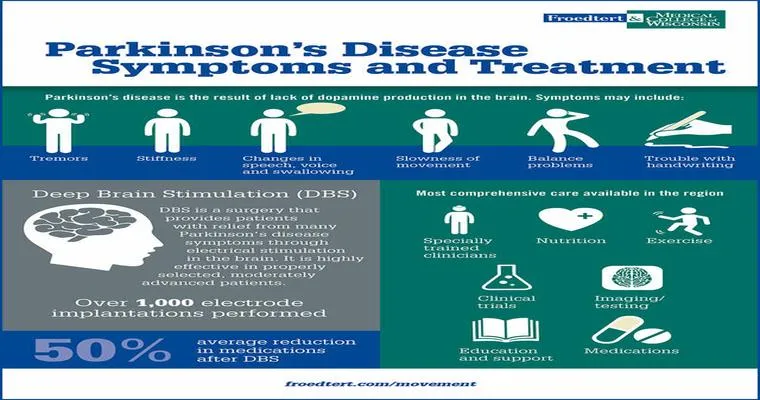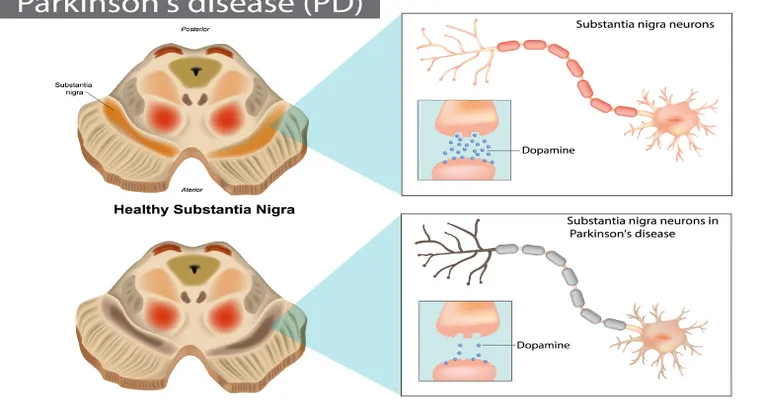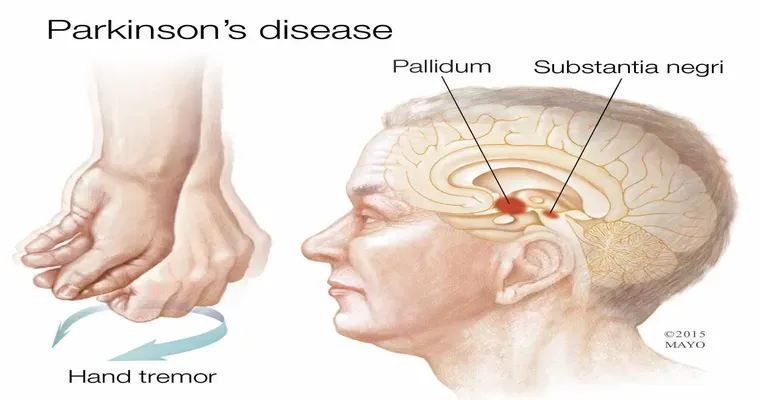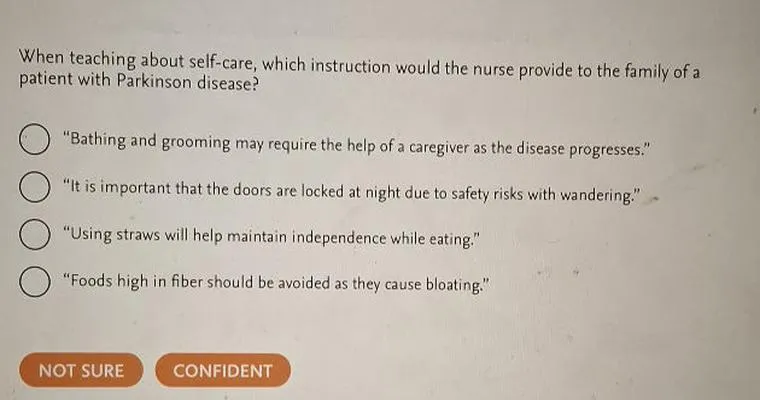Early onset Parkinson’s disease refers to the occurrence of Parkinson's symptoms before the age of 50. Recognizing the "early symptoms" of this condition is crucial for timely diagnosis and management. While Parkinson's disease is often associated with older adults, early onset cases can present unique challenges and symptoms that may differ from those seen in older patients. In this article, we will explore the "early symptoms" of Parkinson’s disease, their impact on daily life, and the importance of seeking medical advice.
One of the most common "early symptoms" of Parkinson’s disease is "tremors". These involuntary movements typically begin in one hand and can progress to other parts of the body. While many people experience occasional shaking, tremors associated with Parkinson’s are usually more persistent and can affect daily activities.
Another significant "early symptom" is "bradykinesia", which refers to slowness of movement. Individuals may notice that tasks that were once easy, such as walking or getting dressed, take much longer to complete. This symptom can also manifest as a reduction in spontaneous movements, making a person appear less expressive or animated.
"Muscle stiffness" is another key indicator of early onset Parkinson’s. It can lead to discomfort and restrict mobility, making it difficult for individuals to perform everyday activities. This stiffness can affect various muscle groups and may be accompanied by a sensation of tightness or aching.
Some individuals may also experience changes in their "posture" and "balance". Early onset Parkinson’s can lead to a stooped posture and an increased risk of falls due to instability. This can significantly impact a person’s confidence and willingness to engage in social activities or physical exercise.
In addition to the physical symptoms, early onset Parkinson’s can also have psychological effects. Many individuals report experiencing "depression" and "anxiety". The emotional toll of coping with a chronic illness at a young age can lead to feelings of isolation and frustration. It is essential for individuals and their families to seek support and professional help to manage these emotional challenges.
It is important to note that not everyone with these "early symptoms" will develop Parkinson’s disease; however, if you or someone you know is experiencing these signs, it is crucial to consult a healthcare professional. Early diagnosis can significantly improve the management of symptoms and enhance the quality of life.
In conclusion, understanding the "early symptoms" of Parkinson’s disease is essential for timely intervention and support. Recognizing signs such as "tremors", "bradykinesia", "muscle stiffness", and changes in "posture" can lead to earlier diagnoses and better management options. If you suspect you or a loved one is experiencing these symptoms, do not hesitate to reach out to a healthcare provider for guidance and support. Early intervention can make a significant difference in navigating the challenges of early onset Parkinson’s disease.





